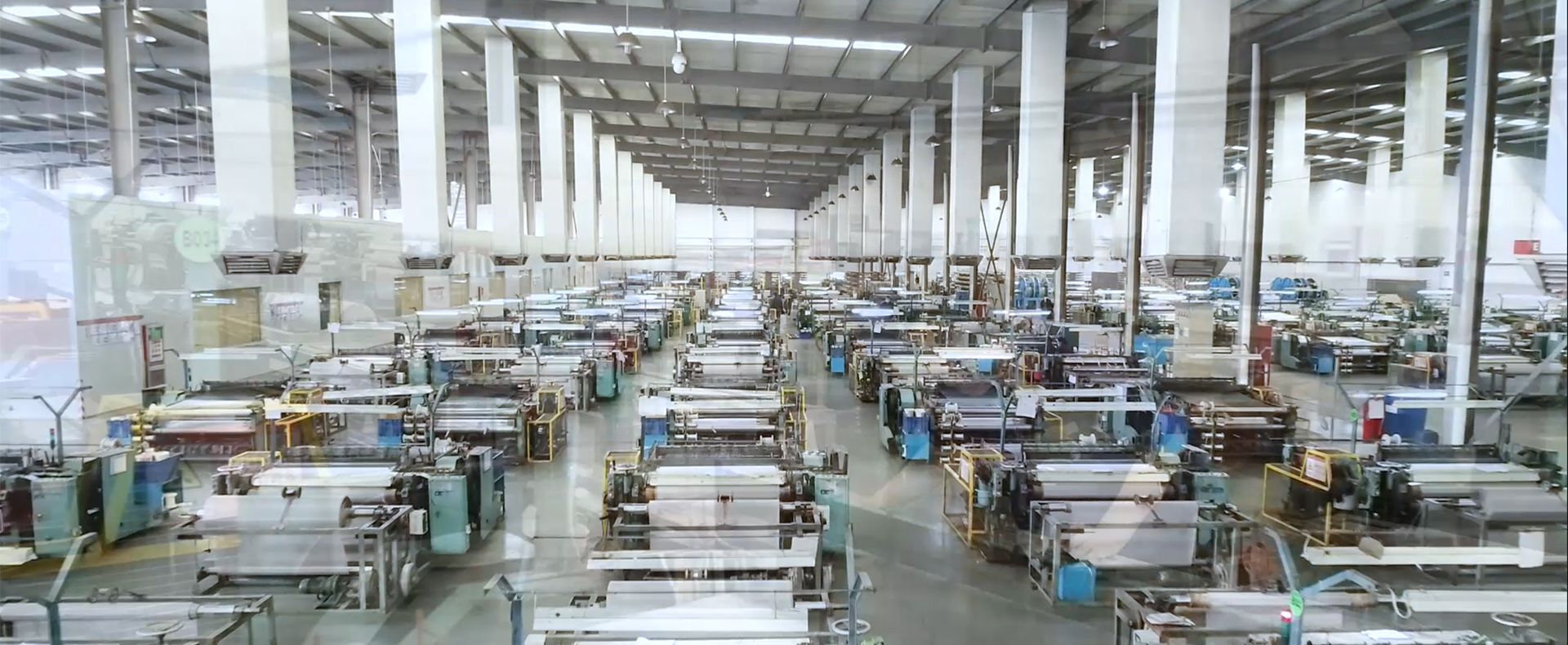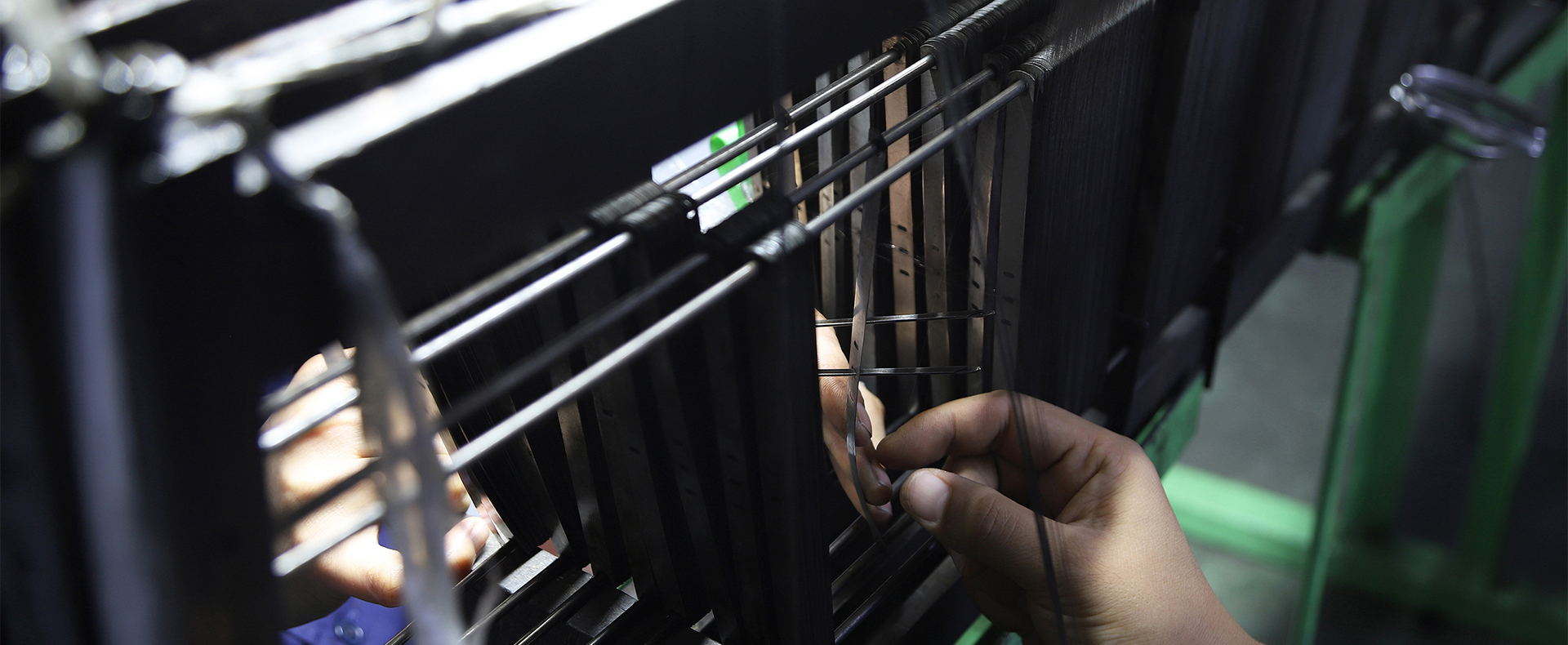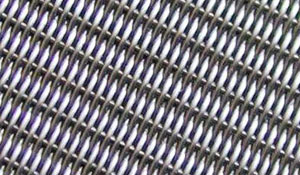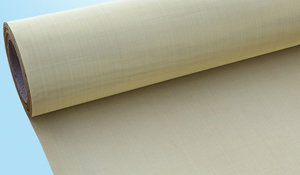Wire Mesh Information and Development Application
May. 01, 2019
YKM As engaged in wire mesh production, R&D and sales for more then 30 years brand enterprise, Yingkaimo Metal Net has obligation to promote the wire mesh knowledge to the world and make it becoming a skill with historical and cultural background, make more and more people understand and continue to promote. Therefore, YKM has compiled basic knowledge of wire mesh, including mesh definition, mesh, thickness, classification of wire mesh and application etc.
What's wire mesh?
Wire mesh is a name of all kinds of wire and wire mesh products, using chemical fiber, silk, metal wire etc, produced by certain weaving process, mainly used for "screening, filtering, printing, strengthening, guarding, protection". Broadly speaking, wire means wire made by metal, or metal material; wire mesh is produced by wire as raw material and made into various shape, density and SPEC according to different use demand through certain weaving process. Narrowly speaking, wire refers to the wire materials, such as ss wire, PS wire, Galvanized wire and cooper wire, PVC wire etc; wire mesh is after deep-process formed the net products, such as window screen, expanded metal, perforated sheet, fence metting, conveyor mesh belt, PVS mesh.
Account of mesh
Mesh account refers to the quantity of hole in 25.4cm. Wire mesh products usually use unit of hole/cm or wire/cm. The countries and regions which adopt imperial units, use hole/inch or wire/inch to express the mesh account. Mesh account can show the density of wires. The more the mesh number counts, the more dense the wires, the mesh hole is smaller. On the contrary, the less the mesh number counts, the sparse the wires, the mesh hole is bigger. For instance, 150 mesh/inch, i.e. there are 150 wires within 1 inch. The smaller the mesh hole, the poorer the ink passage performance. the bigger the mesh hole, the better the ink passage performance. The mesh wire can be chosen by accuracy requirements to decide mesh number of mesh wire.
Thickness of wire cloth
The thickness of wire mesh refers to the distance from surface to the bottom of wire cloth, usually calculated by mm or micron. The thickness of wire mesh should be measured at tension-free condition. The thickness of wire mesh is determined by wire diameter, the amount of through ink is related to the thickness of wire cloth.
Classification of wire cloth
Wire mesh is a general classification of silk fabrics, also known as sieve wire cloth. It can be classified by the following aspects-- raw material, weaving type,production process, features.
By raw material, it can be classified to: plain steel wire cloth, stainless steel wire cloth, copper wire mesh, rare metals wire mesh and etc.
By weaving type: plain weaving and twill weaving.
By production process, weaving wire mesh, welded wire mesh, perforated sheet, expanded mesh.
By features, filter wire cloth, fence, road fence, rail fence, mine wire cloth, window wire cloth, protective wire cloth, stainless steel wire cloth.
The application of wire cloth
We analyze it by its six features "screening, filtering, printing, strengthening, guarding, protection"
Screening, mainly used on metallurgy, coal, rubber, petroleum, chemical, pharmaceutical, automotive, ceramics, glass and other industries to do solid particles, powder, screening and so on.
Filtering, mainly used for the oil industry for the mud network, chemical fiber chemical industry for pickling net and liquid gas filtration and purification.
Printing, mainly refers to screen printing.
Strengthening, it can be used for the construction industry, highways, bridges for steel and structure support.
Guarding, mainly refers to the protection of machinery and equipment, highway guardrail, sports venues fence, road green belt protection net.
Protection, mainly for feeding chickens, ducks, geese, rabbits and zoo fence, as well as civil construction and other protection.
Previous: Yingkaimo Metal Net Co., Ltd.
Next: None
















